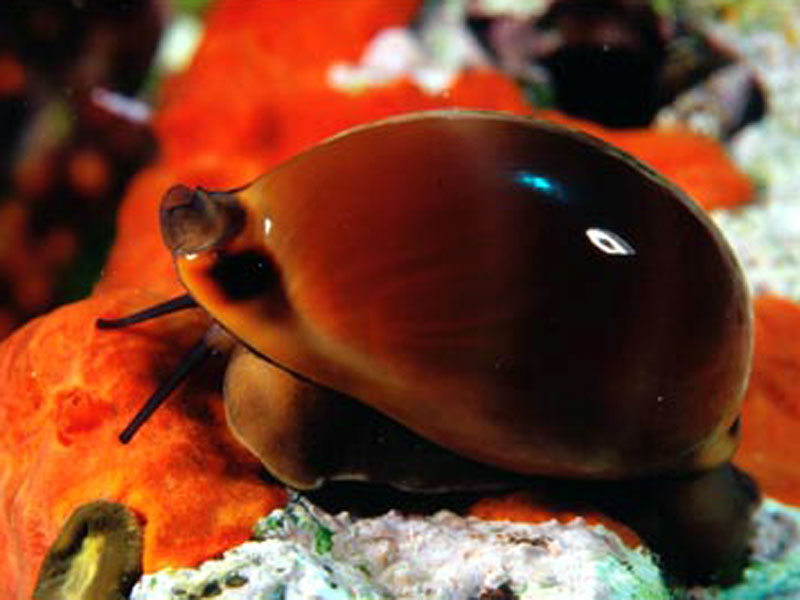Area Marina Protetta Porto Cesareo
www.ampportocesareo.itCave "Il Camino"
Site of naturalistic interest
- Trail Conditions: Diving
- Interest: Flora, Marine Wildlife, Cave
- Duration: 1 hour/s
The diving spot, situated in the Zone C of the Marine Protected Area, is accessible if you go north-east for about two miles from the harbor on the eastern coast.
Here the seabed suddenly degrades from 7 to 19 meters and the perimeter of the submerged area is scattered with extremely charming several fissures and small caves; all around, rocky slabs and coralligenous bases alternate on the sandy seabed.
The diving begins at -16 meters, from the mooring point, keeping the wall at your left: the seabed is sandy, while the rock of the wall is covered with photophilic algae, Bryozoa, and sponges. The first cavity you meet along the way is a tunnel with a linear development. The route continues at the exit of the cave, running along the wall until you meet another cave, after which the whole itinerary has been named. The Cave "Il Camino" has an entrance situated at a depth of about 16 meters, and partially concealed by two big boulders in front of it. The cave consists of two large sequential halls. At the end of the second hall, a long fissure works as a hiding place for groups of big brown meagres. The exit of this cave is at the top, on the right, on the vault of the second hall: from here you emerge at a depth of about 7 meters. You can continue at -10 meters, always following the wall, until you find a small bay rich in specimens of Pinna nobilis and the golden anemone Condylactis aurantiaca. On the left side of the small rocky bend you can explore further three fissures placed one after the other, and end your diving activity at the departure point.
Fissures and caves are characterized, inside, by sciaphilous populations: near the entrance you can frequently find calcareous red algae like Peyssonnelia squamaria and Lythophyllum frondosum, while the interiors are rich in the bryozoan Myriapora truncata, encrusting poriferans (Spirastrella cunctatrix, Oscarella lobularis, Phorbas tenacior, Clathrina clathrus), and stony poriferans (Petrosia ficiformis, Agelas oroides). The anthozoans include specimens of Leptopsammia pruvoti, scattering with their yellow color the caves and Cerianthus membranaceus scattering the sandy and muddy seabed of the fissures.







